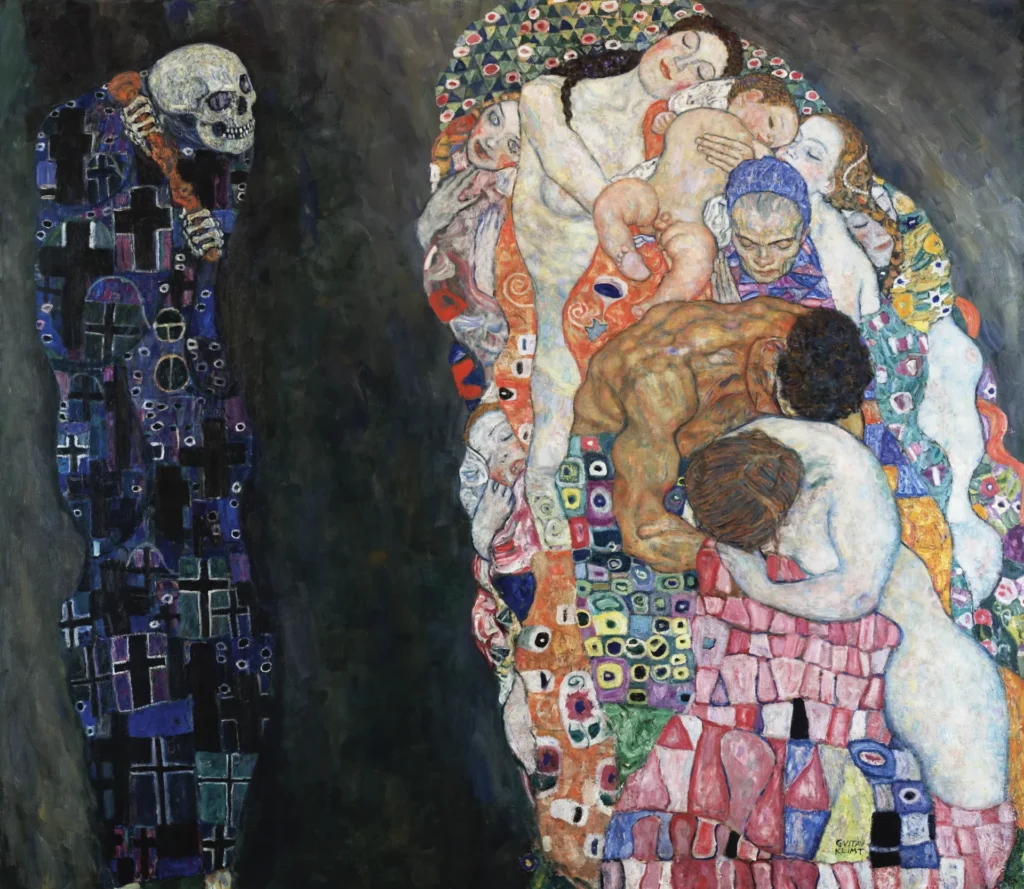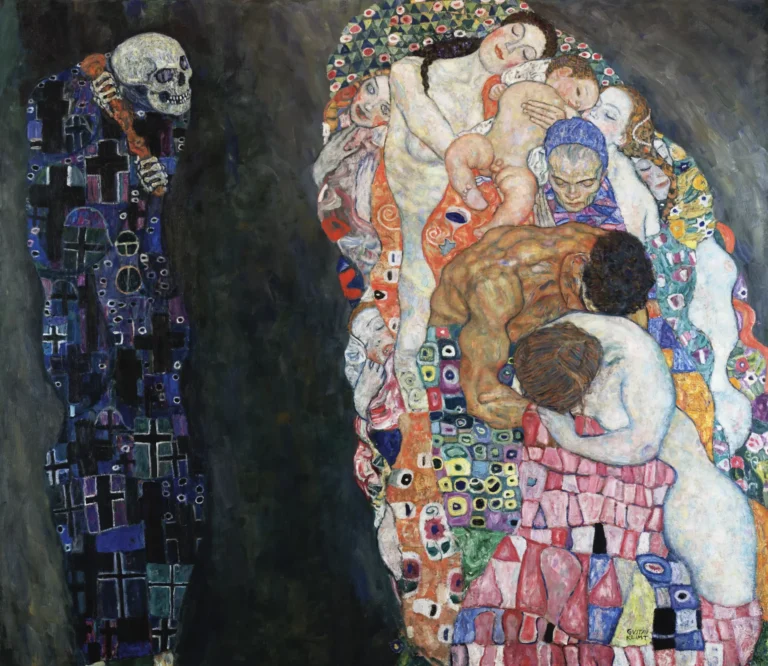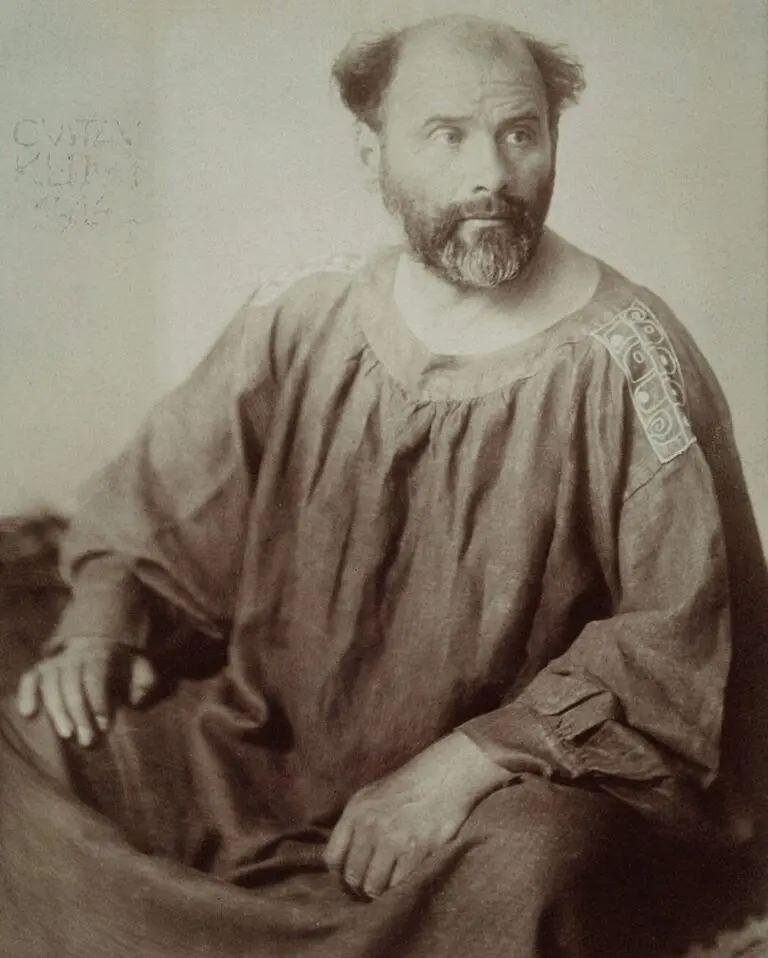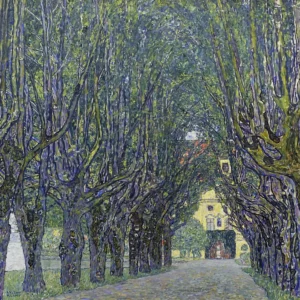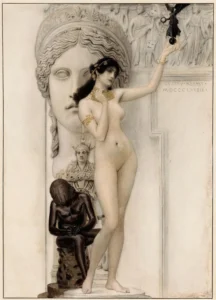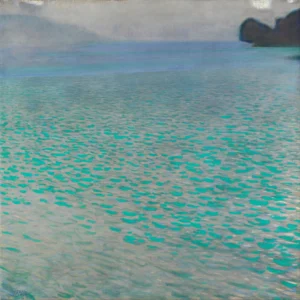Death and Life (1910-1915)
Created between 1910 and 1915, Gustav Klimt's painting Death and Life presents a powerful allegory showcasing the eternal cycle of existence. Divided into two sections, it juxtaposes the grim figure of Death with a vibrant group representing Life across various ages. The intricate composition and rich symbolism are hallmarks of Klimt's work, embodying the complex relationships between mortality, life, and the human experience through a striking visual narrative.
1910 - 1915
About the Artwork
Death and Life stands as one of Gustav Klimt's most significant works, following a period of intense creativity characterized by his exploration of deep and complex themes. The painting reflects Klimt's fascination with the interplay between life and death, evident in its allegorical content and rich symbolism. Initially presented with a radiant gold background, the painting underwent revisions that ultimately enhanced the contrast between the monochromatic figure of Death and the colorful, adorned figures representing Life. Notably, the artwork highlights the cyclical nature of existence, emphasizing the resilience of life in the face of mortality, and showcasing Klimt's mastery of combining ornamental beauty with profound existential themes.
Did You Know
Death and Life is considered by Gustav Klimt himself to be one of his most important figurative works, highlighting its significance in his artistic legacy.
The prominent depiction of women in the Life section emphasizes their role in the continuity of life, reflecting Klimt’s interest in femininity and its intrinsic connection to existence.
The painting not only gained acclaim at its debut but also won a gold medal at the 1911 International Art Exhibition in Rome, further solidifying Klimt’s status in the art world.




